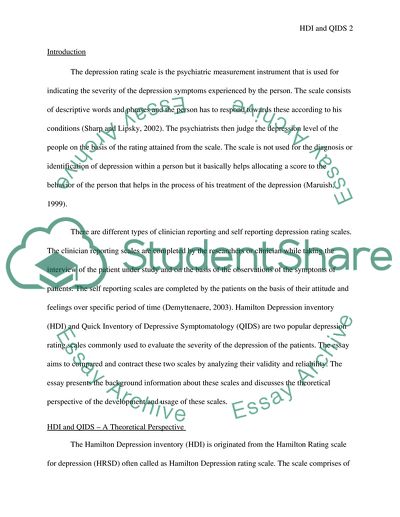Cite this document
(The Hamilton Depression Inventory and Quick Inventory of Depressive Research Paper, n.d.)
The Hamilton Depression Inventory and Quick Inventory of Depressive Research Paper. Retrieved from https://studentshare.org/psychology/1746998-comparing-depression-inventories
The Hamilton Depression Inventory and Quick Inventory of Depressive Research Paper. Retrieved from https://studentshare.org/psychology/1746998-comparing-depression-inventories
(The Hamilton Depression Inventory and Quick Inventory of Depressive Research Paper)
The Hamilton Depression Inventory and Quick Inventory of Depressive Research Paper. https://studentshare.org/psychology/1746998-comparing-depression-inventories.
The Hamilton Depression Inventory and Quick Inventory of Depressive Research Paper. https://studentshare.org/psychology/1746998-comparing-depression-inventories.
“The Hamilton Depression Inventory and Quick Inventory of Depressive Research Paper”, n.d. https://studentshare.org/psychology/1746998-comparing-depression-inventories.


